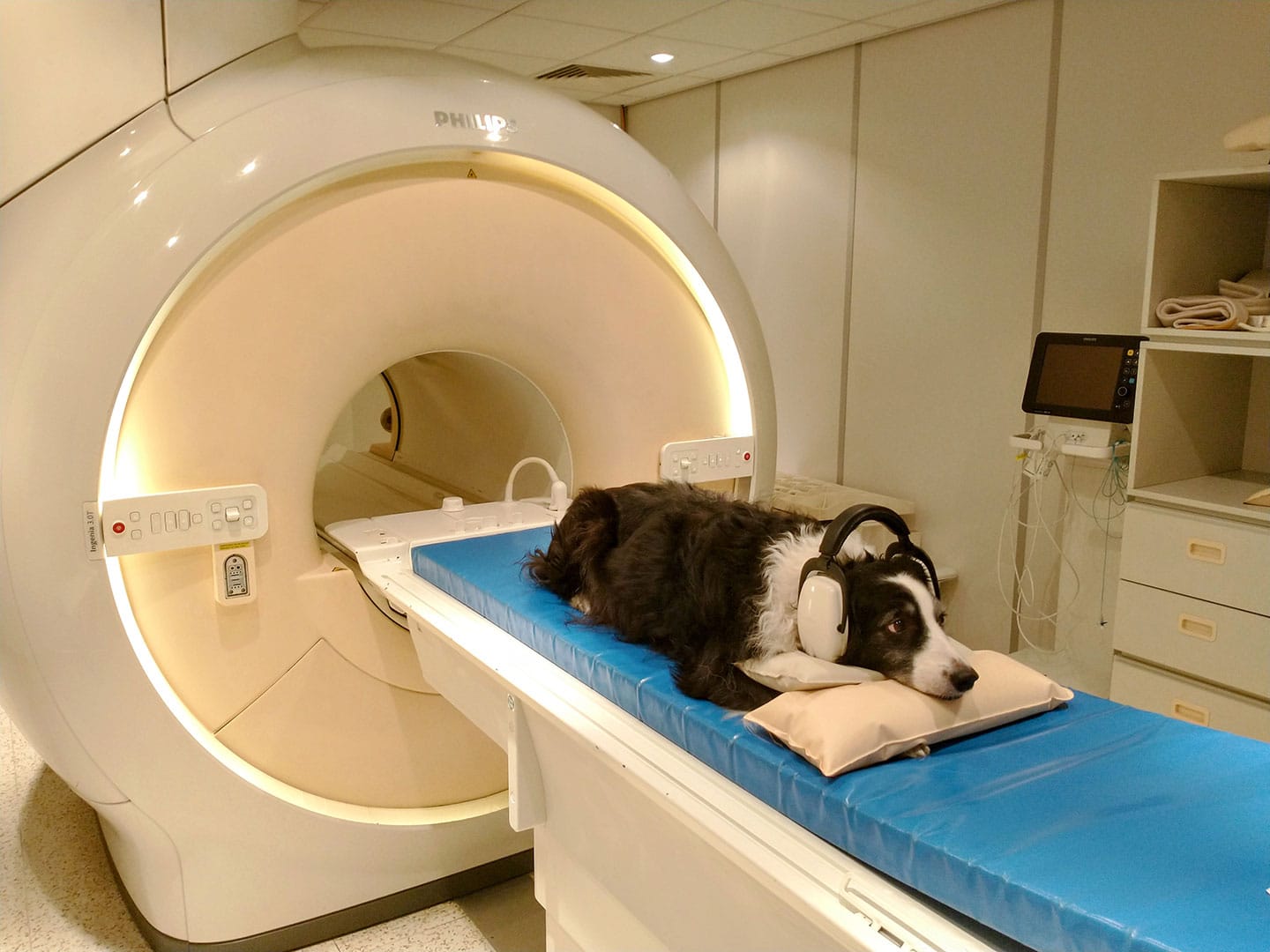A survey of birds entering an Australian animal hospital shows a huge number of them carry chlamydia, including strains never seen before
Life
31 January 2022
By Alice Klein
The laughing kookaburra (Dacelo novaeguineae), native to Australia electra kay-smith / Alamy
Nearly one-third of hospitalised Australian birds are carrying chlamydia, including some novel strains of the infection. The discovery raises concerns about potential spillover into other animals, including people.
Human chlamydia is caused by infection with bacteria called Chlamydia trachomatis. Birds can be infected with a similar strain called Chlamydia psittaci that causes flu-like illness and can spread to people who have close contact with birds.
C. psittaci has been detected in more than 460 bird species globally, but little is known about the prevalence of chlamydia in Australian birds.
To investigate, Martina Jelocnik at the University of the Sunshine Coast in Queensland, Australia, and her colleagues tested 564 birds belonging to 107 species that were admitted to a wildlife hospital in Beerwah, Queensland.
Most of the birds were admitted because they had been hit by cars or attacked by cats or dogs. About a quarter were brought in because they looked unwell.
In total, 29 per cent of the birds, including kookaburras, cockatoos and lorikeets, tested positive to chlamydia. Some were infected with C. psittaci, some with Chlamydia pecorum – a strain that typically affects koalas, and none with human C. trachomatis. Three strains not previously seen in Australia – Chlamydia abortus, Chlamydia ibidis and Chlamydia pneumoniae – were also detected in the birds, as were three strains that are entirely new to science.
There are already some reports of C. psittaci spreading from Australian birds into people. In one case, 16 people in the town of Bright, Victoria, contracted the bacteria through exposure to bird droppings while gardening and one died. In another case, a museum worker in South Australia ended up in intensive care with pneumonia after catching the illness while dissecting an infected rosella parrot.
At this stage, it is unclear if the three novel strains of chlamydia discovered could infect people or what the health consequences might be, says Jelocnik. “We’re really just scratching the surface,” she says.
As a result, Australian birds should be monitored more closely and people who handle them should wear gloves and other protective gear to avoid potentially dangerous spillover events, says Jelocnik.
“We have a big task ahead of us – besides birds we should also look at other potential hosts like Australian wildlife and livestock, because we all share the same habitat so there’s risk of cross-transmission,” she says.
Journal reference: Transboundary and Emerging Diseases, DOI: 10.1111/tbed.14457
More on these topics:
Note: This article have been indexed to our site. We do not claim legitimacy, ownership or copyright of any of the content above. To see the article at original source Click Here













